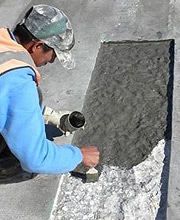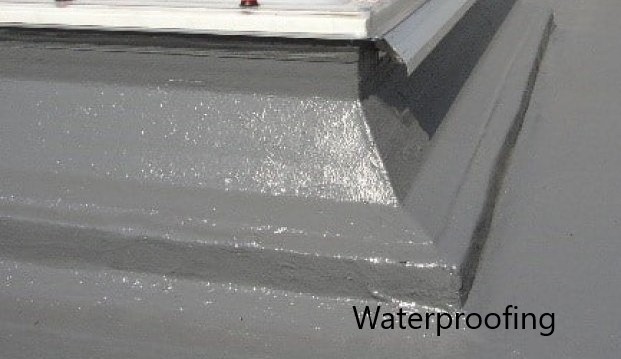Concrete bonding agents are a material that is applied to the old concrete when new concrete is poured. It a type of material that is applied to improve the performance of the bonding in the joint.
Concrete bonding agents could be natural material or synthetic material. Further, they are applied in the joints in liquid form.
When Why We Need to Use Bonding Agents
The time of the application depends on the specification of the produce. Generally, it is applied just before placing the concrete.
It is a material the same as cement grout. Usually, concrete pouring is done before it gets hardened.
Cement within the concrete does not include any natural bonding agents. When we pour the concrete into the old concrete, it could separate due to inadequate bonding. The operation will create serviceability issues such as water leaks crackers, etc.
Therefore, concrete bonding agents are applied to old concrete for better bonding.
Characteristics and Feature of Concrete Bonding Agents
The following factors and features can be discussed about the bonding agents.
- Excellent adhesion and workability – They provide the bond between the old and new concrete. Further, these applications improve the workability for a better-compacted joint.
- As a result, it reduces the permeability of the joint. If the joint bond adequately and there is no separation between the old and new concrete after concrete gets hardened, there could not be leakages of water through the joint.
- Enhance the Tensile Strength – Application of bonding agents improve the tensile strength of the joint.
- Enhance the Flextureal Strenght of the joint.
- Reduce the risk of cracking
- Easy to Use and for application

How to Use or Apply Bonding Agents
- Firstly it is required to prepare the concrete surface.
- If the concrete surface is smooth, it should be roughed adequately by mechanical means.
- Water injections could be used to clean the concrete surface.
- Depending on the time frame to be applied before pouring the concrete, the mixing of the bonding agent shall be done as per the supplier’s technical specifications.
- The application of the bonding agent could be spray type or application type depending on the supplier’s specification.
- Further, the concentration of the applications shall be as per the supplier’s specifications.
Types of Concrete Bonding Agents
Mainly there are three types of bonding agents. They are
- Epoxy Bonding Agents
- Acrylic Latex Bonding Agents
- Polyvinyl Acetate (PVA)
Epoxy Bonding Agents
This type of bonding agent is widely used for lightweight structures.
They have good addition and higher compressive strength.
Further, there are good bonding properties. In addition, they have good chemical resistance.
Acrylic Latex Bonding Agents
Acrylic latexes are the polymer and co-polymers.
It is a milk-white color mix and it contains 45% solids.
These bonding agents are applied by brush or trowels.
Polyvinyl Acetate (PVA)
This type of concrete bonding agent is used for concrete repair work which needs the application of a small quantity.
The bonding agent reduces the permeability and has great water resistivity.
Further, this type of bonding agent is widely used as they are compatible with the cement.
You may refer to the Wikipedia article also for information on concrete.


